Carreg Cennin Castle, Swansea Valley
PILGRIMAGE UK: HOLY PLACES
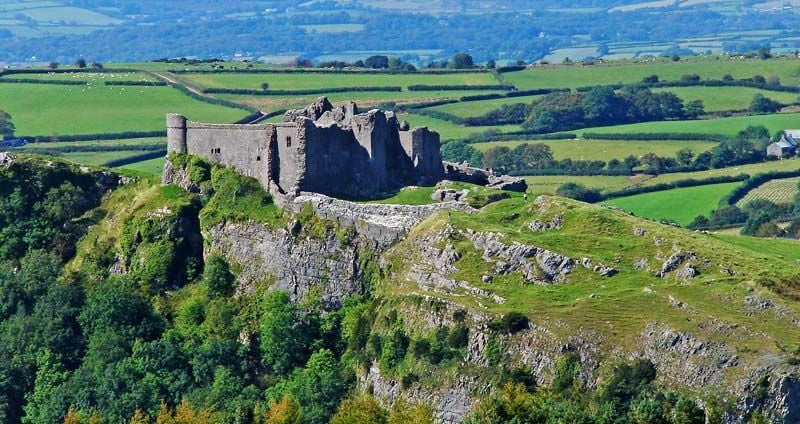

Carreg Cennin Castle, perched majestically on a rugged limestone crag in the Swansea Valley of South Wales, stands not only as a relic of medieval endeavour but as a timeless threshold where history, nature, and faith intersect. As one approaches its ancient, weathered walls, there is an unmistakable sense that the passage of centuries has imbued this place with a quiet, contemplative power—a power that calls the pilgrim to pause, observe, and recognise that God’s presence is not confined to the sanctuary of a church but permeates all of creation.
The castle’s silhouette, rising above a lush, wild valley, immediately draws the eye. Its ruins, formed of local Carboniferous Limestone, speak of battlements once manned and of halls where voices and prayers may have echoed long ago. In its current state, Carreg Cennin Castle is a romantic ruin whose quiet majesty contrasts sharply with the modern world. As one wanders among its crumbling towers and narrow passageways, the interplay of light and shadow on the ancient stone evokes a deep sense of mystery and invites introspection about both the transience of human endeavour and the enduring presence of the divine.
Throughout the Welsh landscape, theologians have long affirmed that God’s glory is manifested in the natural world. The psalmist declares in Psalm 19:1, “The heavens declare the glory of God; the skies proclaim the work of His hands.” This powerful verse resonates profoundly amid the open skies of the Swansea Valley, where the vast firmament stretches above the castle ruins. It is here, amidst sweeping views of rolling hills and tranquil river valleys, that one can truly sense that the Creator’s artistry is displayed far beyond the cloistered confines of a building. It is a reminder that every natural detail—every outcrop of stone, every rustle of wind in the trees—carries an echo of divine craftsmanship.
In his reflections on creation, theologian John Polkinghorne once observed that the physical universe is a grand narrative authored by God—a tapestry in which every element, no matter how small, contributes to a greater, ineffable story of love and purpose. Walking amidst the crags and dales that enfold Carreg Cennin Castle, one cannot help but feel drawn into that narrative. The ruins, standing as silent witnesses to ages past, seem to whisper of a history that is both human and transcendent. They challenge us to see beauty and meaning in the worn stone and gnarled vines, suggesting that even in decay there is grace, and in isolation there is a profound sense of belonging to a vast, interconnected creation.
Theologians such as Thomas Merton have eloquently stated that “the mystic does not see unusual things; he sees the ordinary with new eyes.” In a place like Carreg Cennin, the ordinary becomes extraordinary. The weather-beaten stones, scarred yet dignified, are transformed by the light of a setting sun into symbols of endurance and hope. Here, one is invited to discover an often-overlooked truth: that the divine is not hidden in remote or exclusive places but is present in every corner of the world. These ruins remind us that our spiritual journey is not limited to ornate cathedrals, but includes the wild vistas, forgotten pathways, and ancient fortresses that dot the countryside.
As I tread the uneven ground around Carreg Cennin, I am reminded of another profound insight from Augustine of Hippo, who suggested that “God is nearer to us than we think.” The solitude of the castle’s environs, where the soft murmur of the distant river mingles with the rustling of the leaves, creates a space in which the noise of the everyday world falls away. In that silence, one may experience a deep, unspoken assurance that God is indeed at work in every facet of existence. The serene ambience of the Swansea Valley—with its untamed beauty and timeless echoes—offers a palpable sense of divine proximity, as if the Creator has chosen this very place to reveal Himself.
Even the structure of the castle, though now in ruins, speaks in a language that transcends time. Its imposing towers, once symbols of human strength and ambition, now serve as meditative markers of impermanence. They remind the pilgrim that earthly power is fleeting, yet the power of faith endures. The juxtaposition of man-made monuments and the enduring beauty of nature creates a subtle dialogue between the temporal and the eternal. It is in this dialogue that one discerns a truth expressed by many theologians: that God is found not solely in monuments of stone, but in the spaces of reflection, the quiet moments in nature, and the resilient hope that springs forth even in the midst of ruin.
In the quiet recesses of the castle, where a natural cave offers shelter and a freshwater spring once sustained its inhabitants, one finds tangible evidence of God’s providence and care. Such features are not mere geological accidents; they are, in the eyes of the faithful, affirmations that life can emerge and flourish even in places marked by human and natural hardship. In these hidden corners, the truth that God is with us in every circumstance is powerfully reinforced. The flowing spring, a source of life in an austere landscape, is reminiscent of the water of baptism—a symbol of cleansing, renewal and the sustaining love of God that is available to all who seek it.
The landscape around Carreg Cennin invites a contemplative pilgrimage where every step is an opportunity to encounter the sacred. The interplay of rugged cliffs and verdant valleys, the changing light that dances across medieval ruins, and the whisper of the wind among ancient trees all serve as reminders that God’s presence is not restricted to the known and the comfortable. As theologian Karl Rahner once mused, “The world is permeated with God's grace, and it is our task to awaken to its presence.” In this wild and powerful setting, one is called to open one’s heart and to let the beauty of creation dissolve the boundaries between the sacred and the profane.
Such reflections are particularly resonant in a world where the trappings of modern life often mask the profound simplicity of God’s presence. Carreg Cennin Castle, with its enduring ruins and its embrace by the natural world, becomes a powerful symbol of the truth that God can be encountered anywhere—whether within the storied walls of a cathedral or on the windswept peaks of the Swansea Valley. The castle’s presence is a testament to the belief that the heavens declare His glory not only in the expanses of the sky but in every aged stone that bears the marks of time and in every natural contour that speaks of the world’s ancient and unending beauty.
Moreover, the castle’s dramatic location—looming over its valley like a silent guardian—compels the pilgrim to reflect on the nature of history itself. The struggles, victories, and losses that have shaped this place are interwoven with the very fabric of the land. In such a setting, the past converses with the present, inviting a deep sense of reverence for all that has come before. It is here, where the natural world and human history converge, that one is most reminded of the timeless truth: that God is present in every era, in every human endeavour, and in every moment of joy or sorrow.
Carreg Cennin Castle, therefore, is more than a mere relic of a bygone age. It is an invitation to a pilgrimage of the soul—a call to step beyond the conventional spaces of worship and to seek the presence of God in all places. As I stand in its shadow, contemplating the interplay of light, stone, and living nature, I am filled with a sense of wonder and gratitude. Here, in this dramatic landscape, the eternal and the ephemeral meet, and one cannot help but be moved by the profound reality that God’s grace imbues every corner of this world.
In conclusion, a journey to Carreg Cennin Castle is a journey into the heart of God’s creation. It is a pilgrimage that challenges us to recognise that the divine is not confined to the walls of a church but is available to us in the wild beauty of South Wales. By opening our senses to the subtle dialogue between the ruins and the natural world, we discover a more expansive understanding of faith—one that honours the sacred in every stone, every breeze, and every ray of light. As the theologian reminds us, “God is everywhere,” and in the silent testimony of Carreg Cennin Castle, that truth is both proclaimed and experienced.
Encountering the Sacred: A Pilgrimage to Carreg Cennin Castle
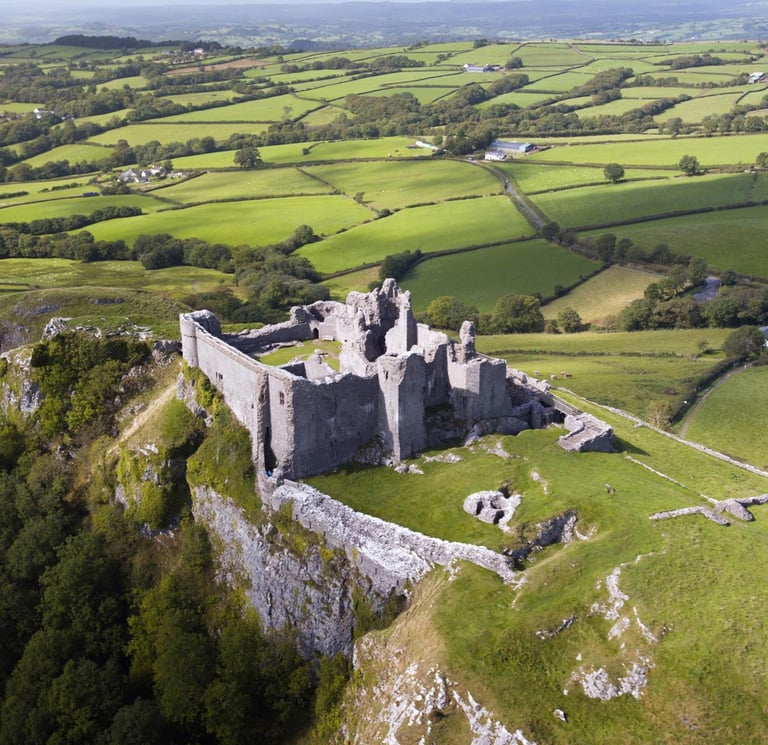


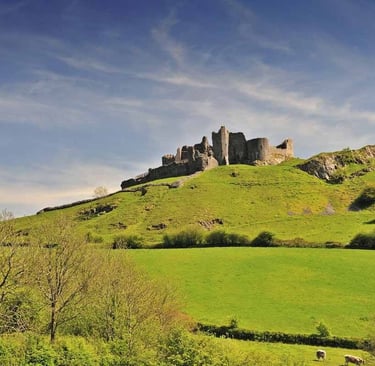
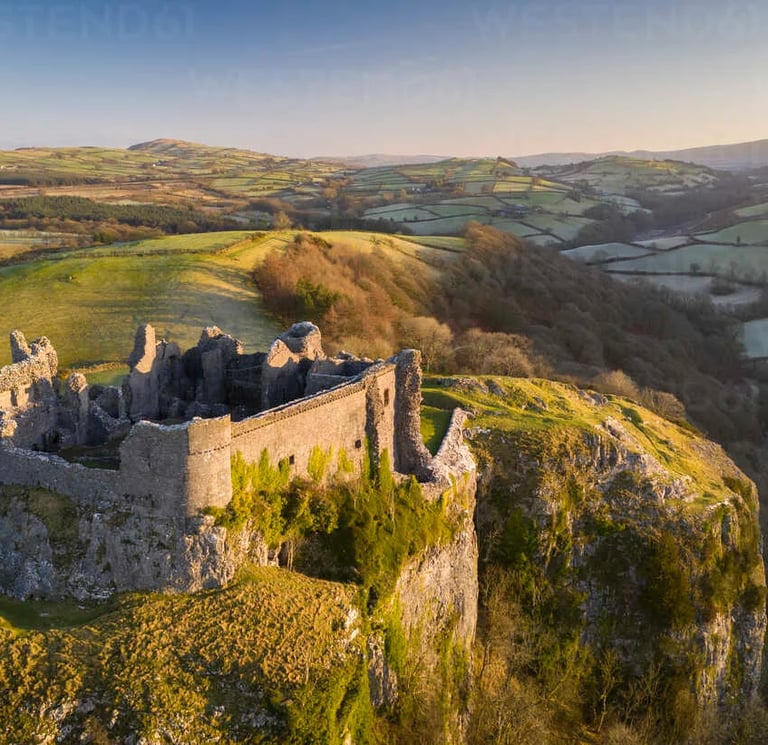

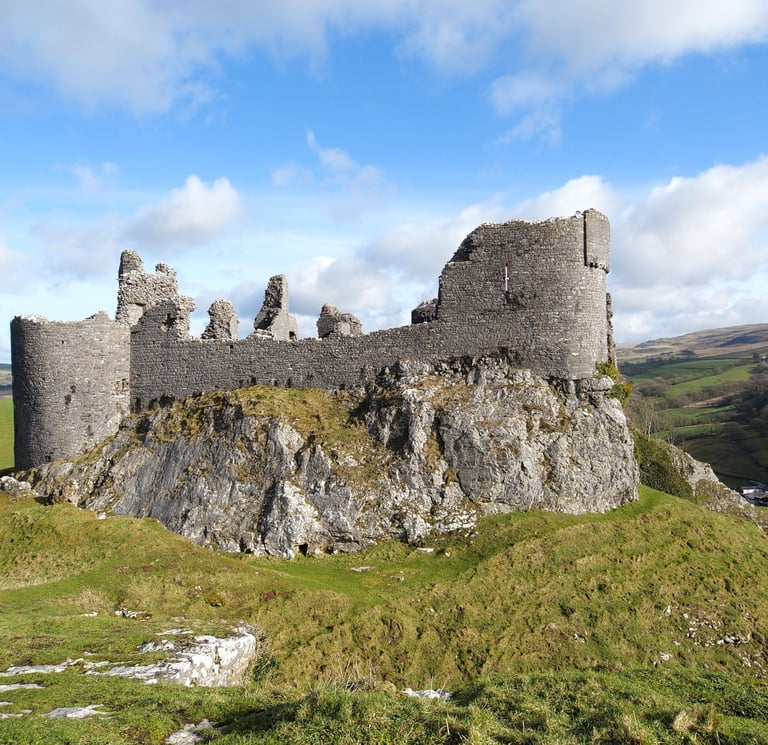

Ancient Apostolic Catholic Church
Embracing faith, inclusion, and compassionate service together.
ST THOMAS AQUINAS SEMINARY
© 2025. All rights reserved
QUICK LINKS
